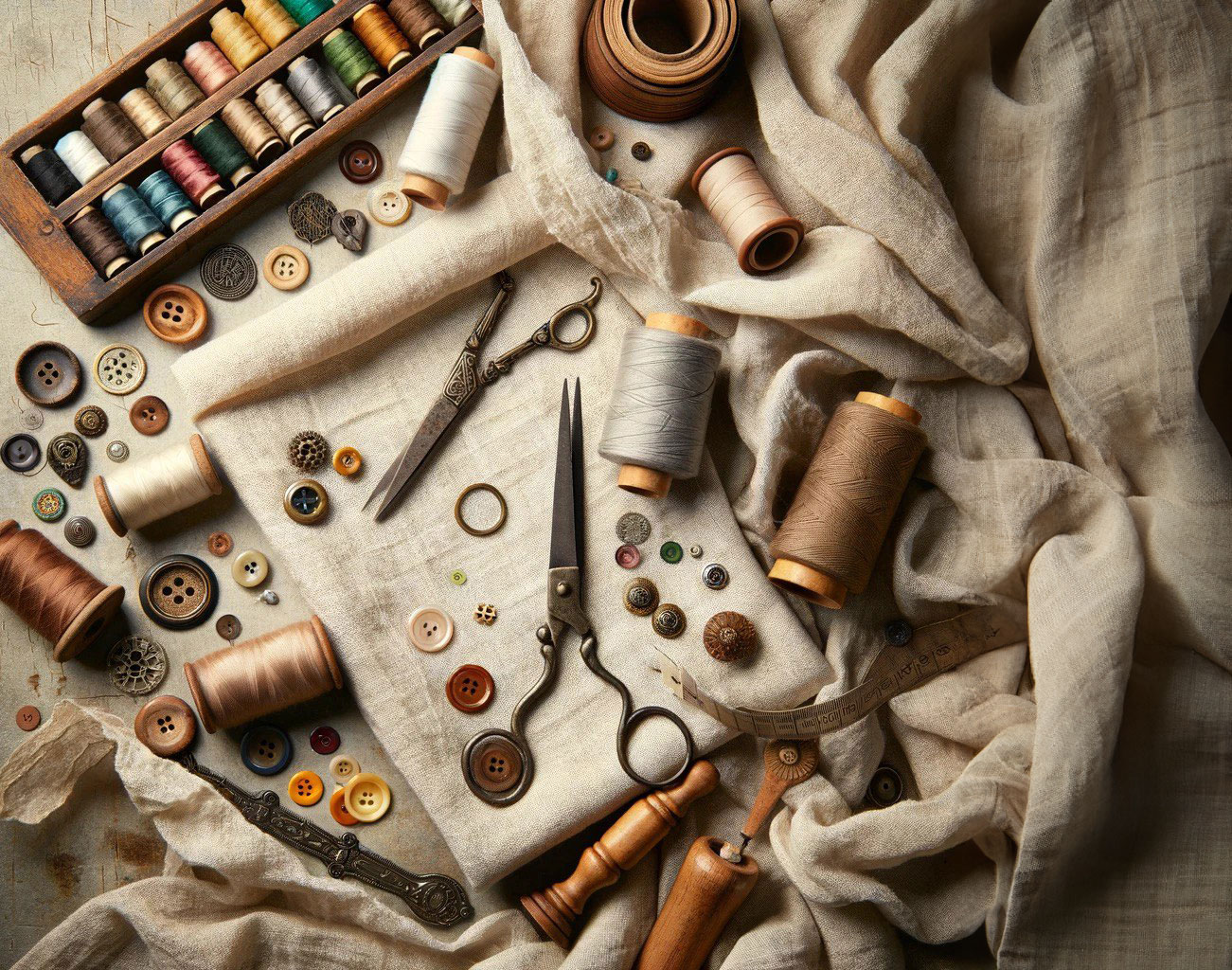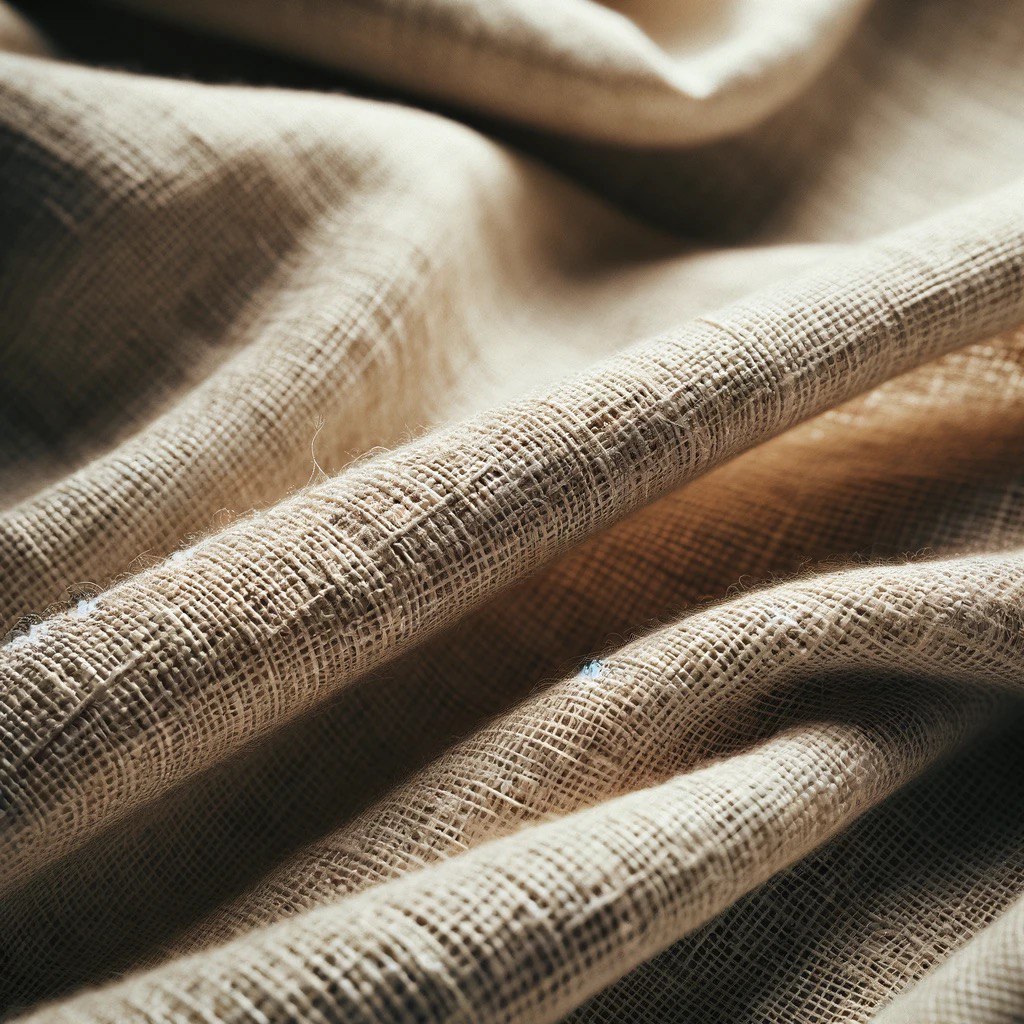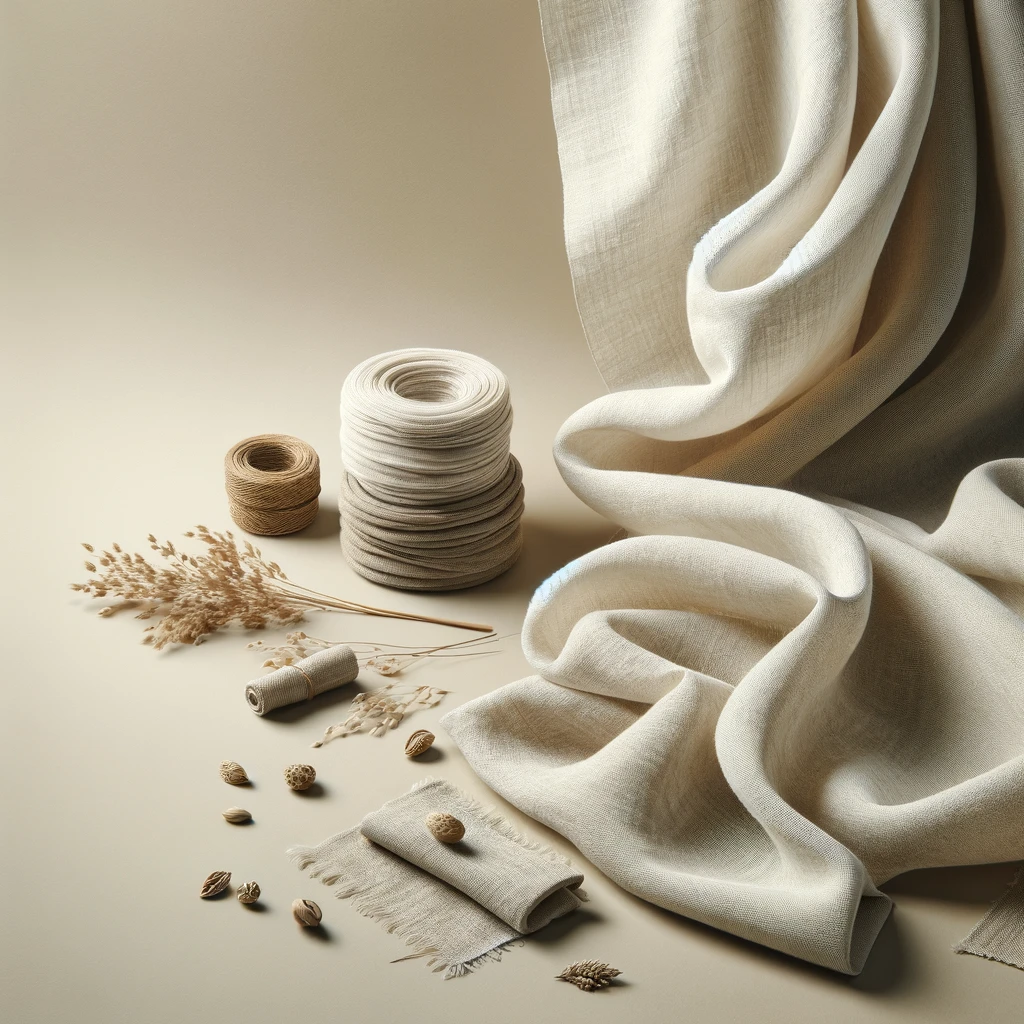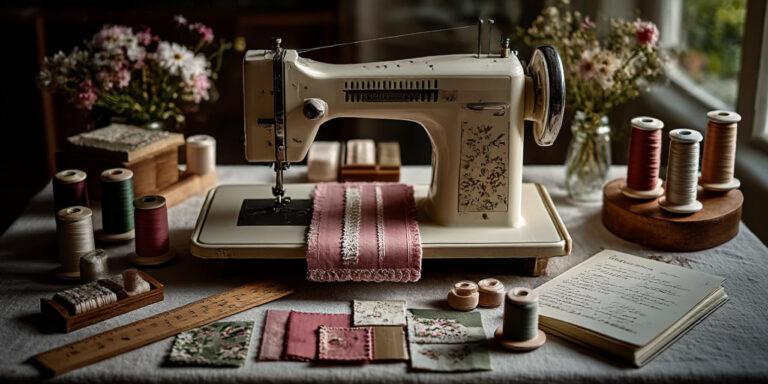
Sew Smart: How to Finish
Every time you cut into fabric, you expose its vulnerable edges. These raw ends are prone to fraying, which not only makes a garment look messy but can compromise the structure over time…

Time and Resource Savings
One of the significant advantages of using ready-made patterns is the considerable saving of time and effort typically spent on drafting patterns from scratch. Instead of dedicating months to pattern development, aspiring designers can select pre-made options tailored to various clothing types. This allows them to focus on other brand aspects, such as design, marketing, and sales, streamlining the process from concept to launch.

Linen fabric, renowned for its natural origins and numerous beneficial properties, has been a staple in human clothing and textile production since ancient times. Here, we delve into the intricate details of linen, exploring its properties, historical significance, and best practices for care.
Origins and Characteristics
Linen fiber is derived from the phloem layer of the flax plant’s stem, situated between the outer bark and the core. This layer’s primary function is to conduct water throughout the plant, making linen highly hygroscopic. The stem of the flax plant is notably fragile; once it breaks, it cannot repair itself. Consequently, linen fabric is prone to significant wrinkling. The fiber itself is a long cone with a small longitudinal air channel, tapering significantly at one end. This minimal air channel size results in poor heat retention.
Historical Significance
Linen is one of the oldest fibers known to humanity, with its use tracing back to ancient Egypt and Mesopotamia. These early civilizations valued linen for its durability and comfort, a testament to its enduring appeal across millennia.
Distinctive Features
Linen boasts several unique properties that make it a highly valued textile:
Despite its many advantages, linen has a few drawbacks:


Care Instructions
Proper care is crucial to maintain the quality and longevity of linen fabric. Here are some guidelines:
By following these care instructions, you can ensure that your linen garments and textiles remain in excellent condition, preserving their natural beauty and beneficial properties for years to come.
In conclusion, linen is a remarkable fabric with a rich history and numerous advantages. While it requires careful maintenance, its unique qualities make it a worthwhile addition to any wardrobe or home.
Best Uses
Linen’s versatility makes it suitable for a wide range of garments and home textiles, including: jackets and blazers, shirts, dresses, pants, blouses, jackets, robes, nightshirts, underwear, bed linens.

share this post:

Every time you cut into fabric, you expose its vulnerable edges. These raw ends are prone to fraying, which not only makes a garment look messy but can compromise the structure over time…

The fabric is beautiful, the pattern is promising, and you want to see it come to life. But skipping a test run but…